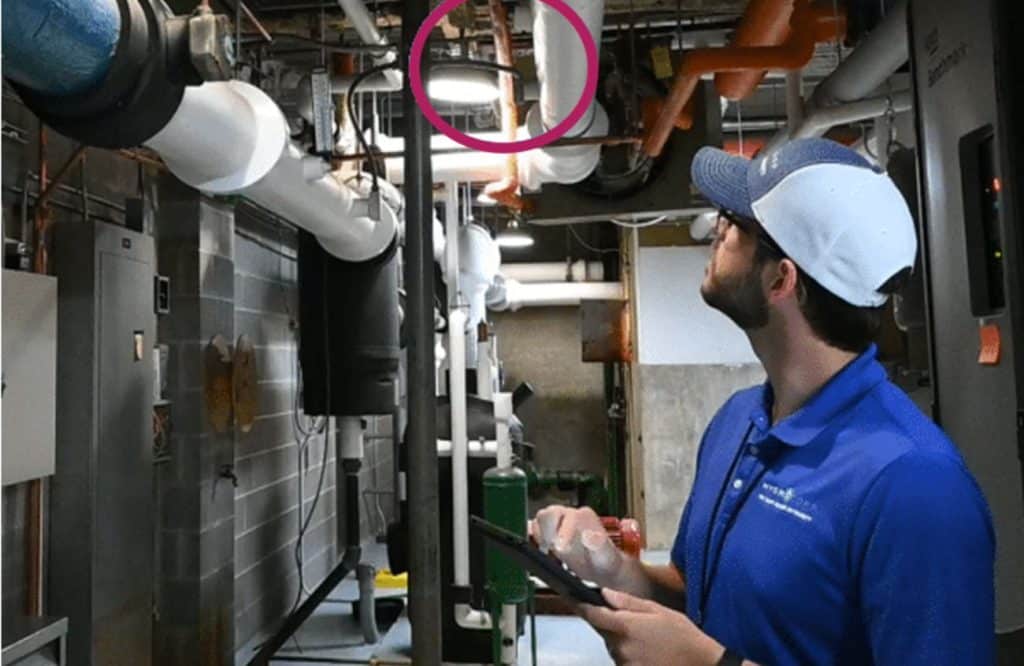When it comes to managing a successful Cross-Connection Control Program, cooperation between the public water system and the water customers is essential. Between documenting Backflow Preventer Test Data or performing Onsite Surveys, public water system employees cannot be everywhere at once. They must rely on the water customer to understand the importance of controlling Cross-Connections and know how to spot and protect hazardous interconnections. This can be accomplished by the practice of public awareness and education on the topics of Backflow Prevention and Cross-Connection Control. Here are some of the best practices and some methods to avoid when it comes to spreading the word about Cross-Connection Control in your community!
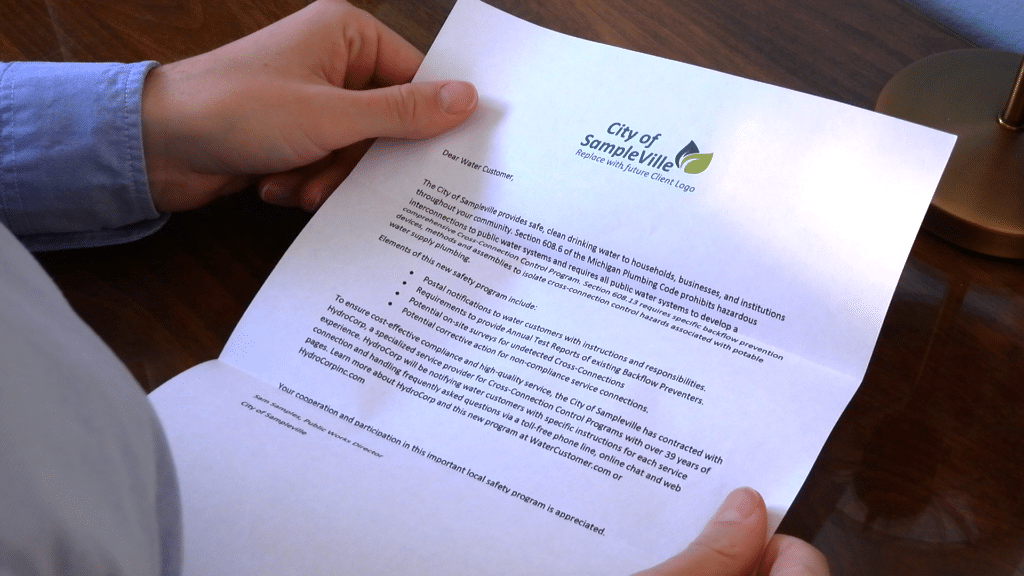
DO spread the word early and often:
When implementing or improving a cross-connection control program, it is vital that the program is announced well in advance of the first set of testing or survey notices go out in the mail. Backflow and Cross-Connections are not common terms used by everyday water customers and there is a good amount of effort that will need to be made to educate the public on these topics. Ideally, Program Announcement Letters would go out to water customers in their water bill or municipal newsletters to introduce the program and include some FAQs on Backflow and Cross-Connections. It should also be made clear that this is an ongoing program that will be maintained over the years, not a project with a completion date. Frequent reminders every three to four months will help keep that information front of mind with water customers and can be posted on the municipal website, social media accounts, or included in postal mailings.

DON’T alarm the community:
While the threat of contamination from Backflow is a very real danger, it is important to not use fear tactics to coerce water customers into compliance with the program. It should be communicated to water customers that this is a proactive and preventative program to ensure that the water stays safe. Fear tactics can sometimes rely on exaggeration or the presentation of inaccurate information to heighten fear. This can lead to misinformation and confusion, undermining the effectiveness of the message. Accurate, honest, and consistent messaging helps build reliability and trust between the water customer and the public water system.
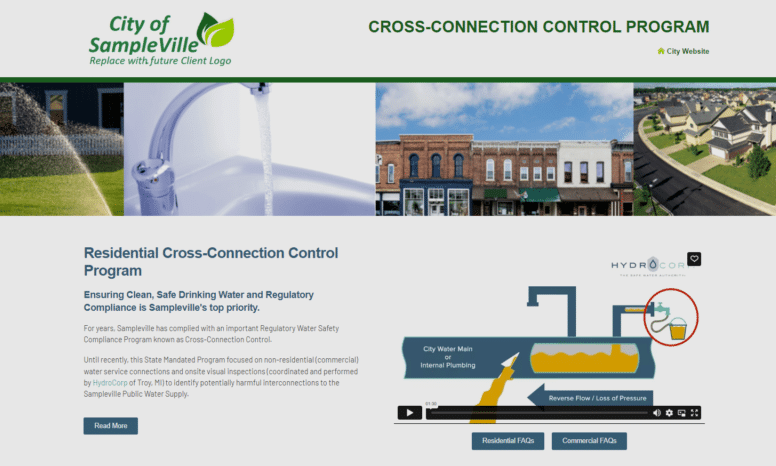
DO utilize both traditional and digital communications:
Not everyone is a text-based learner! Some people are visual learners or auditory learners. It’s important to note that many individuals also have a combination of learning preferences, and a multimodal approach that incorporates text, visuals, and auditory elements can be highly effective in catering to a diverse audience. That means utilizing text, images, infographics, videos, and other methods to convey messaging and education about Cross-Connection Control and Backflow Prevention. It is important to ensure that the message is not only reaching all your water customers, but that the message is being understood by everyone as well.
.
“We recognized that we have an excellent opportunity to address several needs in one home visit, so we needed a partner we could trust to perform a diverse project and accurately document the results.“
– Rick Wahlen – City of Eden Prairie Manager of Utility Operations
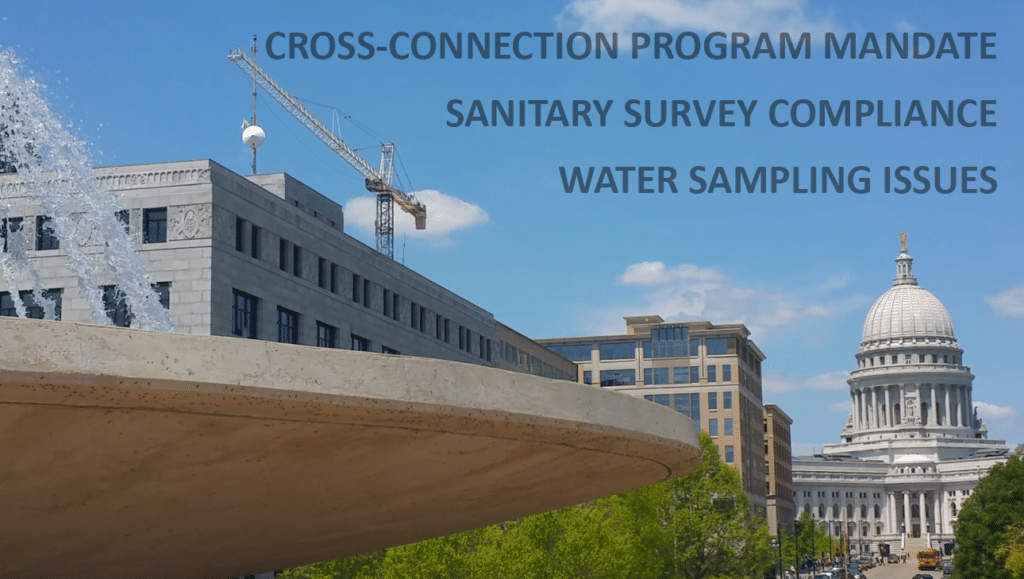
DON’T blame government regulations:
Even though regulatory compliance may be a driving factor of implementing, improving, and maintaining a municipal Cross-Connection Control Program, it is detrimental to explain to water customers that the program is being put into place because of state codes or regulations. This messaging undercuts the real reason behind Cross-Connection Control Programs, which is water safety! If public water systems pass the buck and say they’re only doing this because “they have to” it makes it seem like the utility is not concerned about the dangers of Backflow contamination or think that it’s no big deal. That attitude can carry over to water customers and they could be far less likely to be aware of or concerned about any hazardous interconnections at their property. Keep the focus on protecting the water supply!
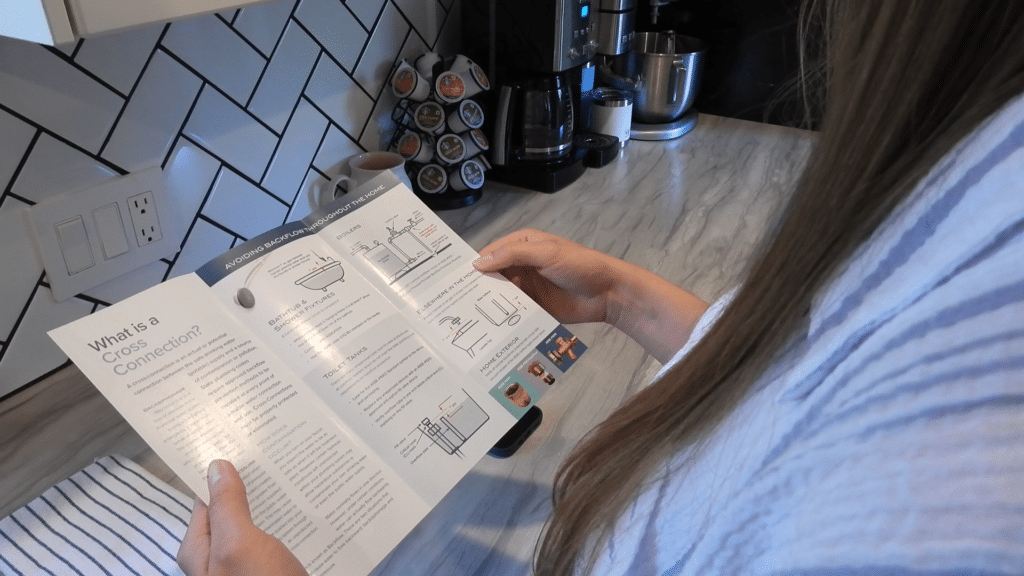
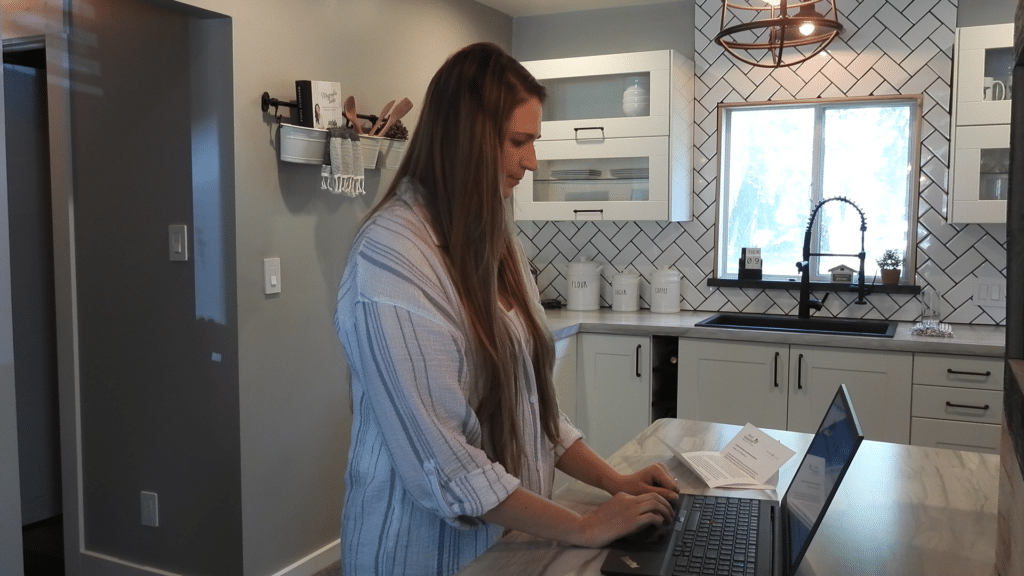
DO use a variety of methods of outreach:
As we briefly mentioned when discussing spreading the word, the ideal way to communicate with all water customers is to do so across multiple platforms, including postal mailings, city websites, social media accounts, physical flyers or posters, and more. The more places where public awareness and education content lives, the more likely it will reach more people. This multi-platform approach also allows the public water system to utilize those different methods of communication that we touched on earlier, including text, video, infographics, audio, and images. While some water customers may want to thoroughly read a Program Announcement Letter, others may want to just watch a quick 90-second video with voiceover on their municipality’s Facebook page. The more options for where to find information about the program the better!
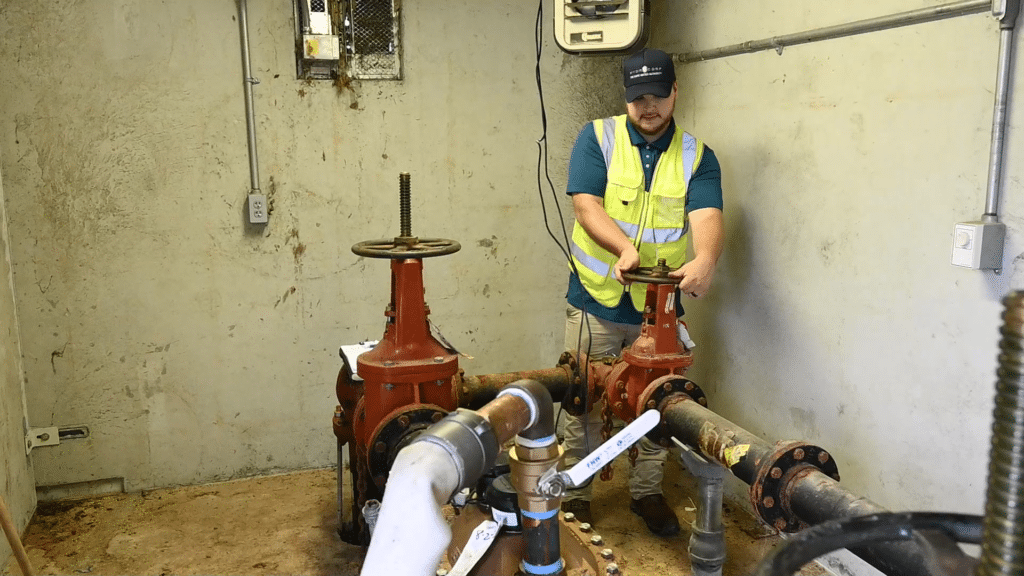
DON’T use fear tactics:
The public water system’s Cross-Connection Control Program Plan will undoubtably outline what enforcement actions will look like for non-compliant water customers; however, similarly to our advice on not alarming the community, leading with a threat of punitive measures will never go over well. “Comply with this new program or we’ll shut off your water” is not a message that will be received with enthusiasm! Again, cooperation between the public water system and water customers is key to mitigating the risk of Backflow contamination of the potable water distribution system.
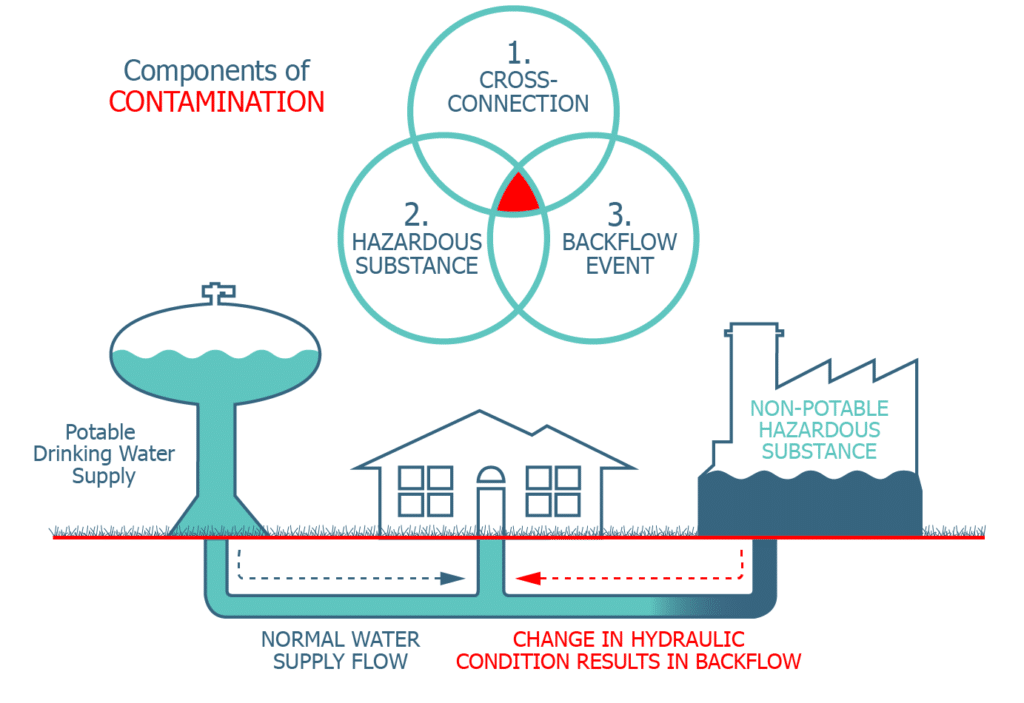
DO promote easy to understand education on the topic:
Often referred to as just “Public Awareness”, we like to say, “Public Awareness and Education”. Education is the single most important and impactful way to encourage water customers to be collaborators in Cross-Connection Control efforts. Just making water customers aware of the program or aware of backflow isn’t quite enough to inspire them to be actively engaged in Backflow Prevention. Most Cross-Connections are made by accident and are a product of a lack of knowledge about state codes or about how backflow works.

DON’T get too technical:
While public education about how backflow works is very important, getting too technical can turn average water customers off as they may begin to think that it is too complex for them to understand. Most water customers will not care to hear about fluid dynamics, hydraulics, or the mathematics of water pressure. Be educational, but not didactic! This type of specific detail is not necessary to understand the principles of Backflow and the dangers that it can pose. Technical jargon can really keep water customers from engaging with the content.
In conclusion, there are right and wrong ways to get the word out about a new Cross-Connection Control Program and to educate water customers about Backflow Prevention. Remembering that collaboration is key can help inform and encourage any public awareness and education efforts that the public water system and municipality will make! We are all connected to public water systems and water utilities and water customers alike have a shared responsibility to keep our water safe.
